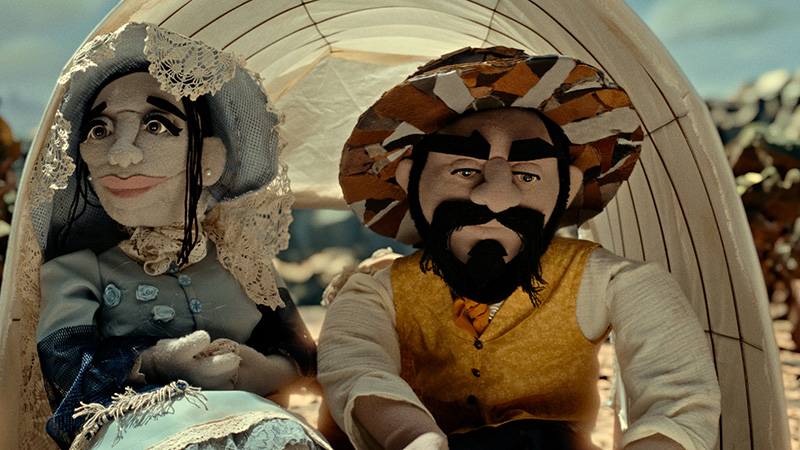
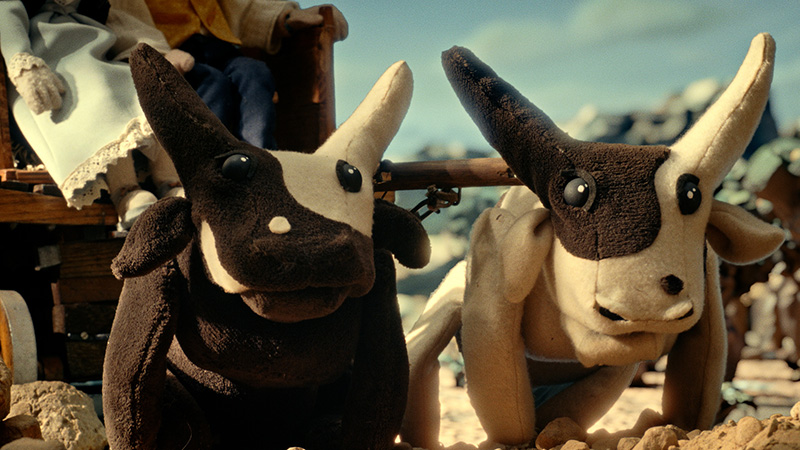
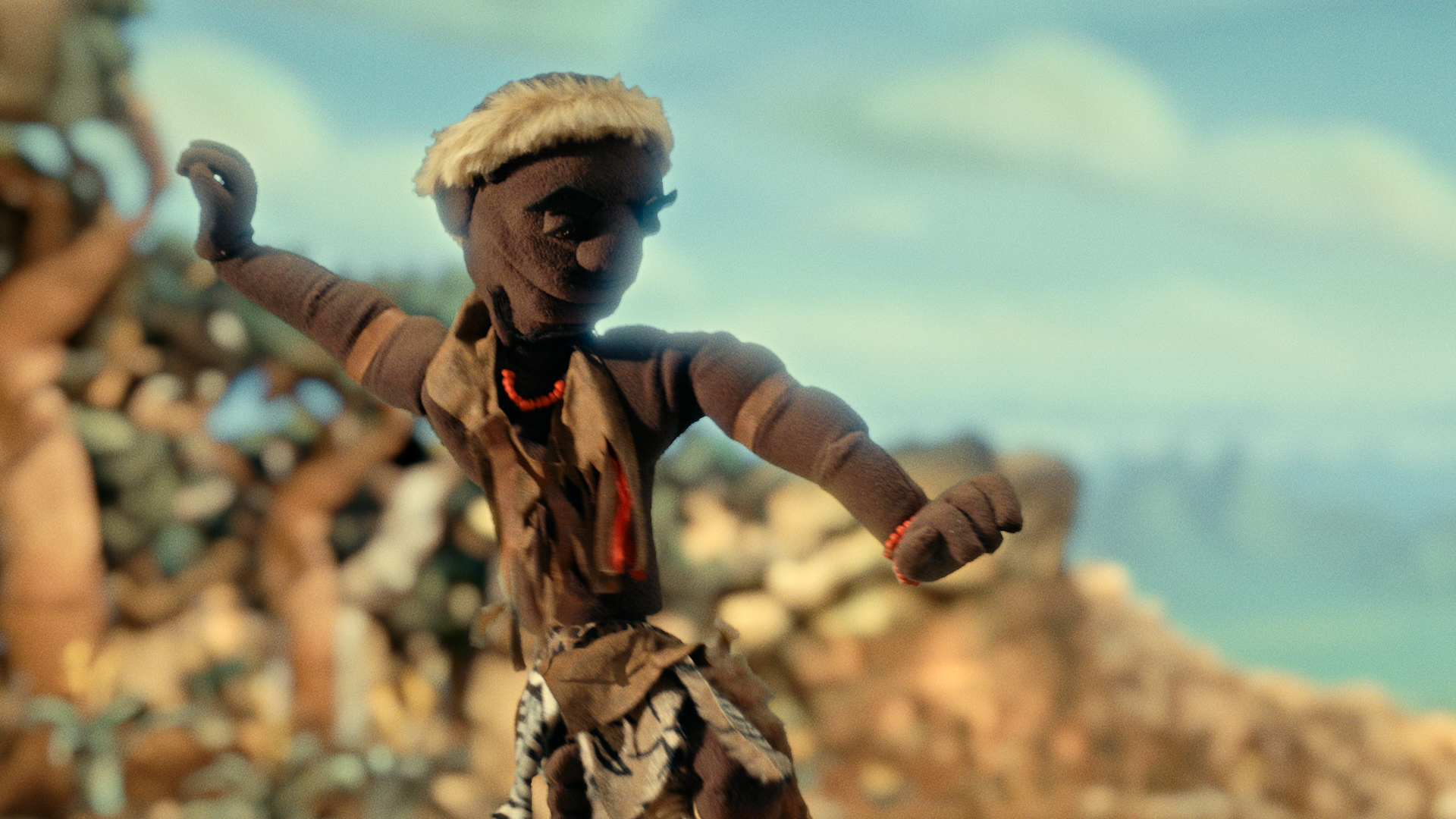
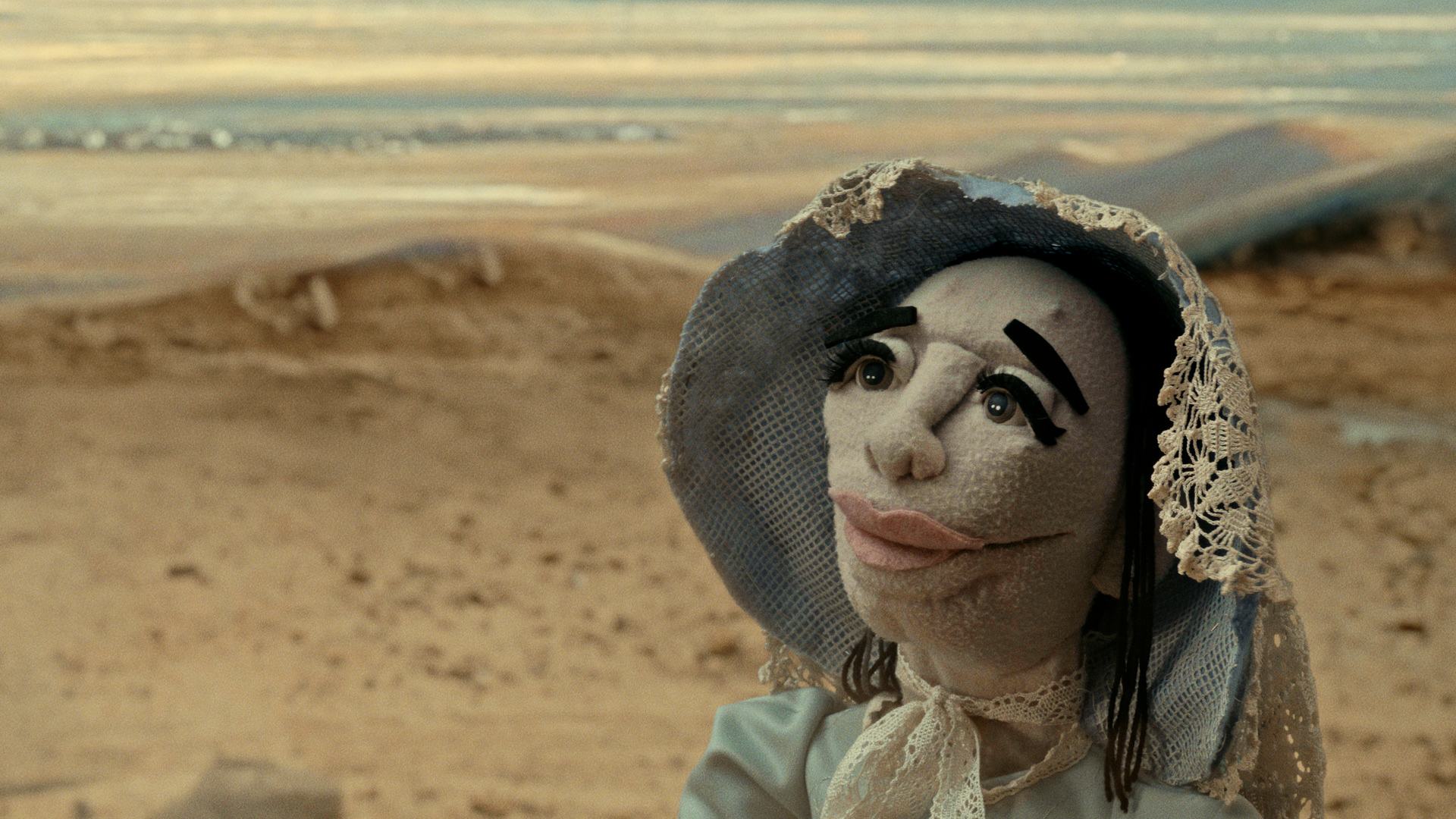
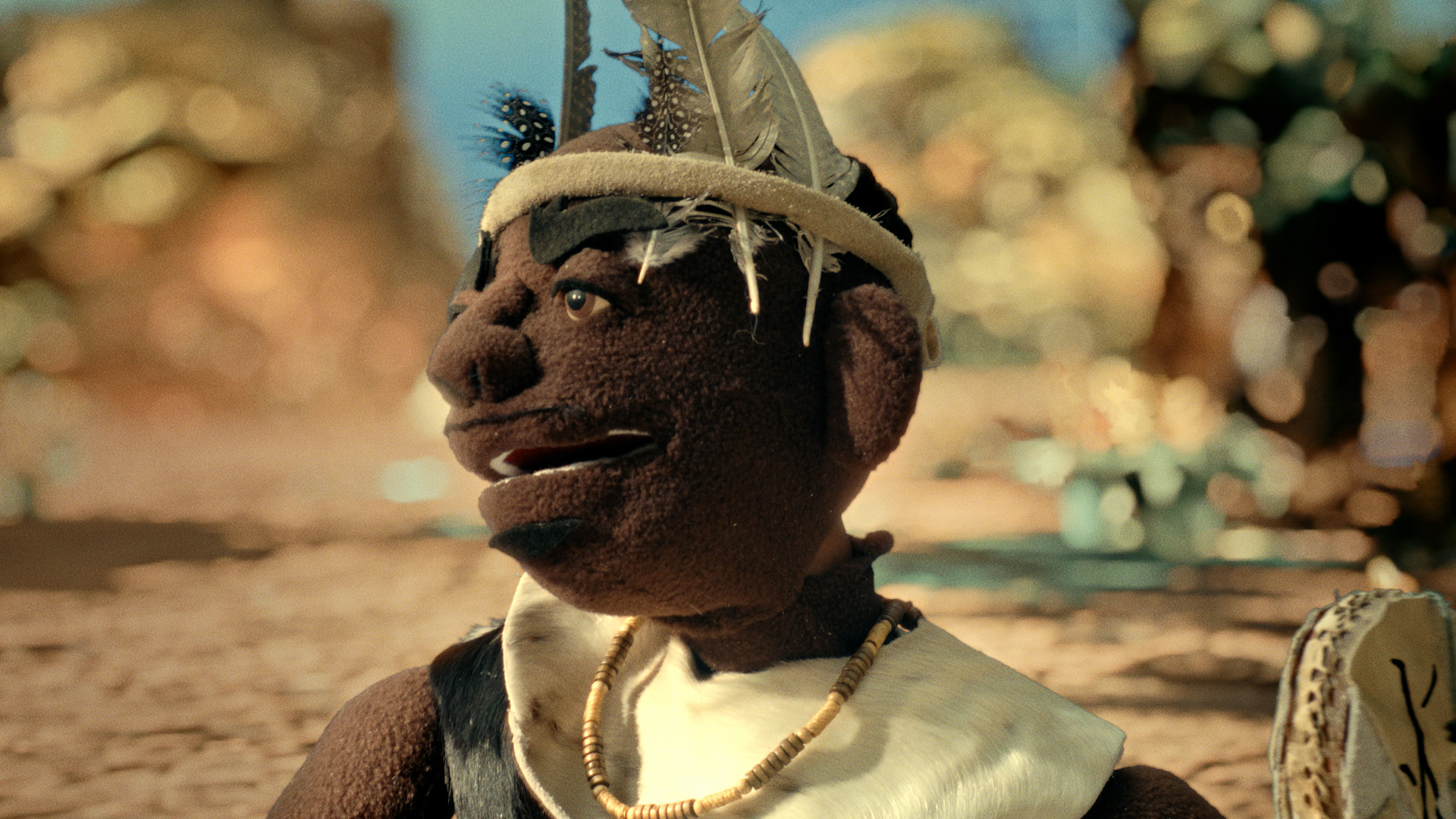
Short Film Project – Rising Filmmakers: Die groot twis
Die groot twis, an Afrikaans kung fu comedy short film featuring puppets, is set in a landscape that stretches from the vast plains of the Karoo to the slopes of the Drakensberg. The teaser of writer and director Johann Vermaak’s satire promises “Pop, skiet en donder” in the story that turns the history of The Great Trek on its head. The short film is described as an Afrikaans Western with a retro approach, containing a strong dose of feminism to boot.
As chief puppeteer at the political satire ZA News, which is based on the work of cartoon artist Zapiro, Johann, who is also an actor, and his colleagues had been playing around with the idea of puppets who do martial arts.
Johann had been practising kung fu for many years, and when the opportunity came around to enter for this year’s Silwerskerm Festival, he submitted his off-beat comedy about two men, Jakobus (Eben Genis) and Mhlope (Wiseman Sithole), both in a battle for what they believe rightfully belongs to them. Cintaine Schutte is the voice of Marietjie, a character who epitomises innocence. But is she really all that she seems?
The puppets, who have similarities with those in old children television shows, were created by Marelize Viljoen.
Johann answered a few questions about his short film.
Please explain your decision to present Die groot twis as a comedy featuring puppets.
I have been interested in the martial arts for many years, and I am a big fan of satire. I was wondering how I could approach the story from the widest possible angle. Comedy is a wonderful medium to use puppets, as one can get away with much more than usual. My dream is to make moviegoers laugh.
How did the story originate?
It developed organically. There is something mythical about The Great Trek and the brave scouts who were part of it. Also, the idea of Afrikaners as the ‘chosen people’ in search of a ‘new world’.
With the combination of puppets and comedy, I was able to portray the conflict between the black man and the white man more elaborately – their quarrel becomes more direct, rather than merely passive aggressive. I think it is a good idea to play with the notion of who is the enemy and who is the hero. It is such wonderful archetypes to work with.
You learned your trade as a puppeteer at ZA News. Was it something you always wanted to do?
Before I went for an audition at ZA News, I knew nothing about the puppeteering style they employed there. We started playing with the puppets and it resonated with me strongly. You need to have excellent comic timing and know how to convey an emotion with the slightest movement, such as a nod of the head. Hansie Visagie, the puppet master, became my mentor. He taught me the finer nuances of puppet theatre. Without him, I wouldn’t have been here.
You only had four days to complete the filming. It must have been an enormous challenge?
One manages by working with people you can trust and with whom you have worked before. On previous occasions, I have worked with most of the puppeteers involved in Die groot twis – they are among the best in the country.
Being a puppeteer is difficult, because you as a person have to ‘disappear’ and really become the puppet. Your body must assume strange contortions, and often one puppet is controlled by more than three people simultaneously.
The puppets’ voices are excellent and Cintaine Schutte portrays Marietjie with a disquieting innocence?
I was so honoured to work with the most talented actors and artists. I regard Cintaine as the most versatile actress in our country. Her voice work was absolutely brilliant, and she gave her all for the role.
There are two types of puppets in the film: Banraku puppets in the Japanese style for the martial arts scenes, as well as bigger puppets. What made you decide on these types?
The story demanded very interesting aesthetics. What I find fascinating is that you can do only so much with a puppet’s facial expressions in terms of remorse and emotions. The Handspring Puppet Company’s puppets look quite intense, for example, but I had something different in mind, more like Hansie’s Sarel Seemonster or Jim Henson’s Muppets.
The talented Marelize Viljoen created the puppets. We jointly came up with the look and feel for each puppet. She made a prototype of the fighter puppets. The first one was Jakobus. We then played around with it until it was able to kick and move like I wanted. With the face of Jakobus, I had the appearance of Eben Genis in mind.
The process took about two months and we contemplated everything – from skin colour to the shape of the puppets’ eyes and mouths.
The Marietjie puppet was challenging, because we had to decide whether she must resemble Cintaine, or if a more generic look would be better. In the end, she came to represent all women.
The movie is labelled a kung fu comedy, but it interweaves much deeper layers, such as feminism. Was this on purpose?
Many strong women had an impact on my life. I am attracted to the idea of someone who comes across as weak and defenceless, while that person actually is much stronger than anyone would expect.
Tell us about the drunken sage, Buddawikus, portrayed by Albert Pretorius, and his Zulu counterpart, Umenzi, played by Sne Dladla.
A sage is almost always present as the bearer of the truth in kung fu movies, even though he may be a drunkard. Virtually everything Buddawikus says are quotations from Confucius, and Umenzi also used a lot of traditional Zulu wisdoms. This relates to the idea of wisdom within African and Eastern contexts.
